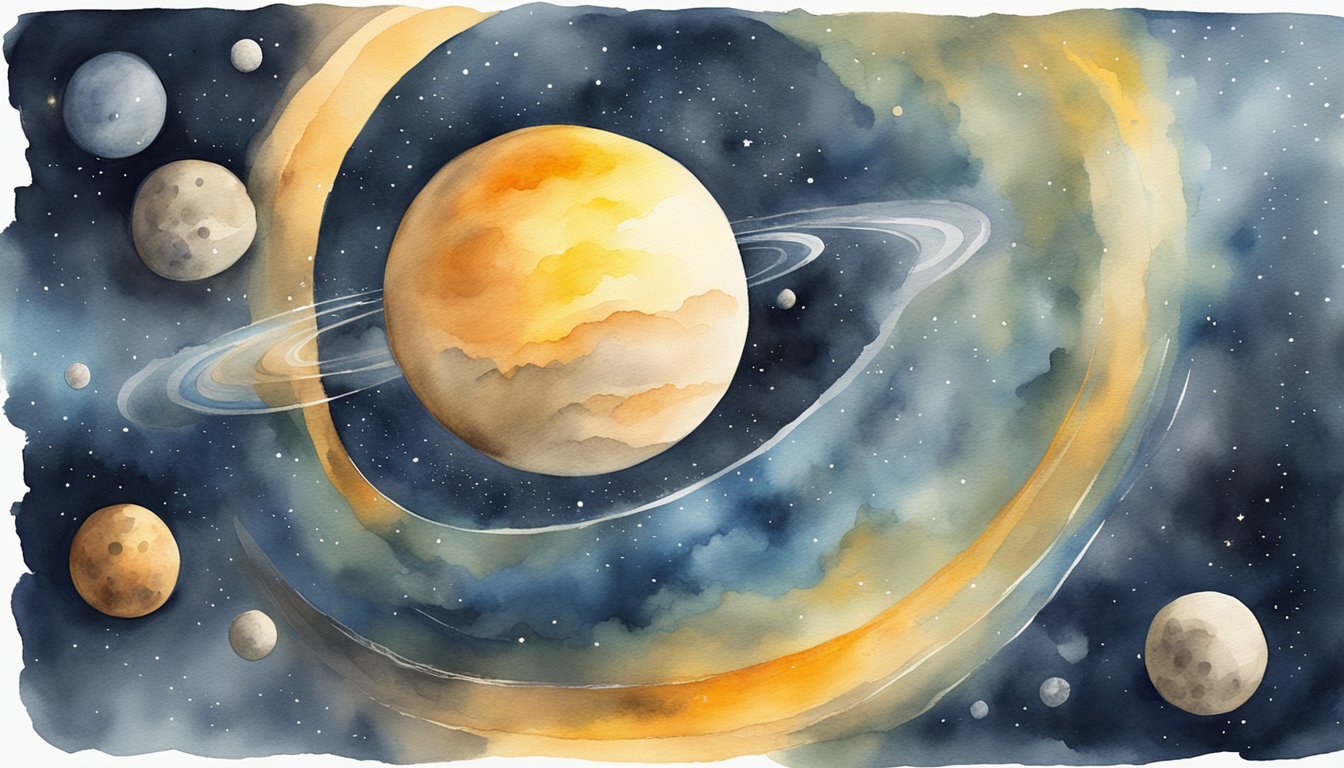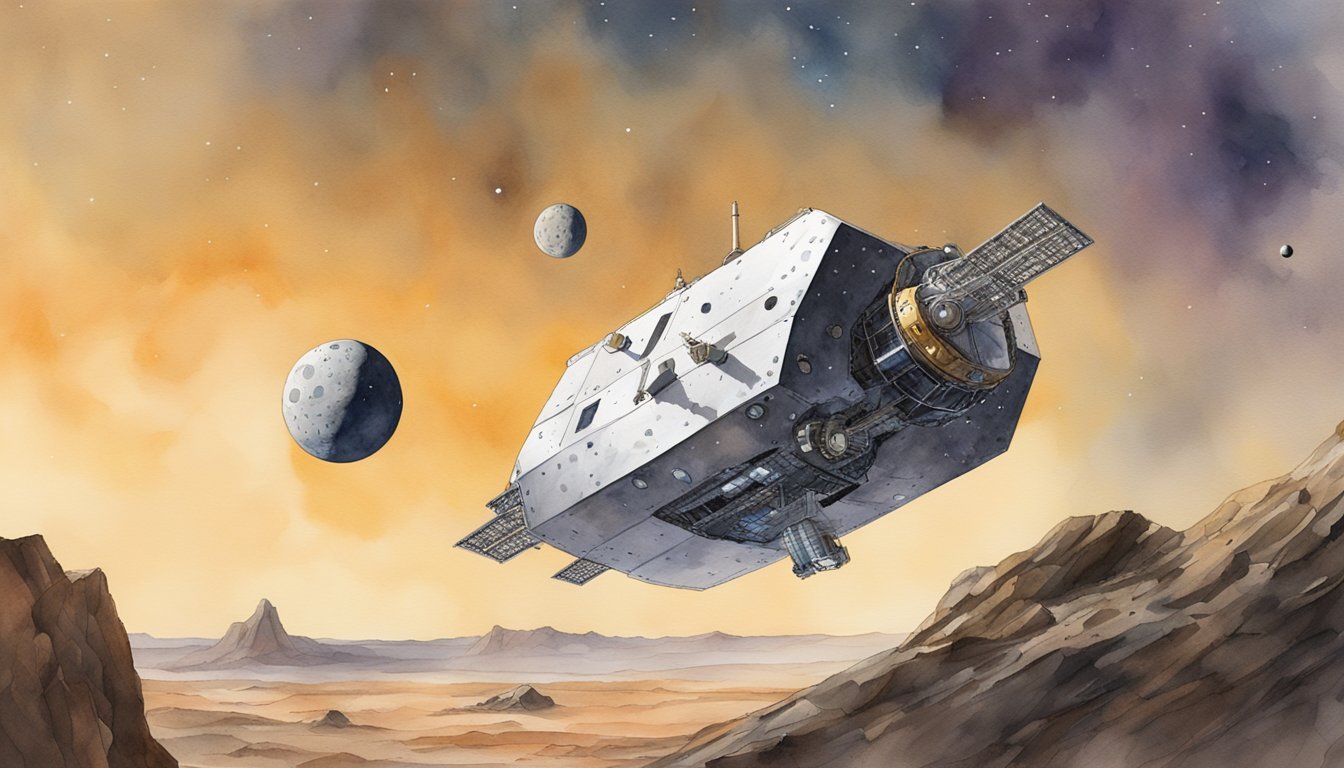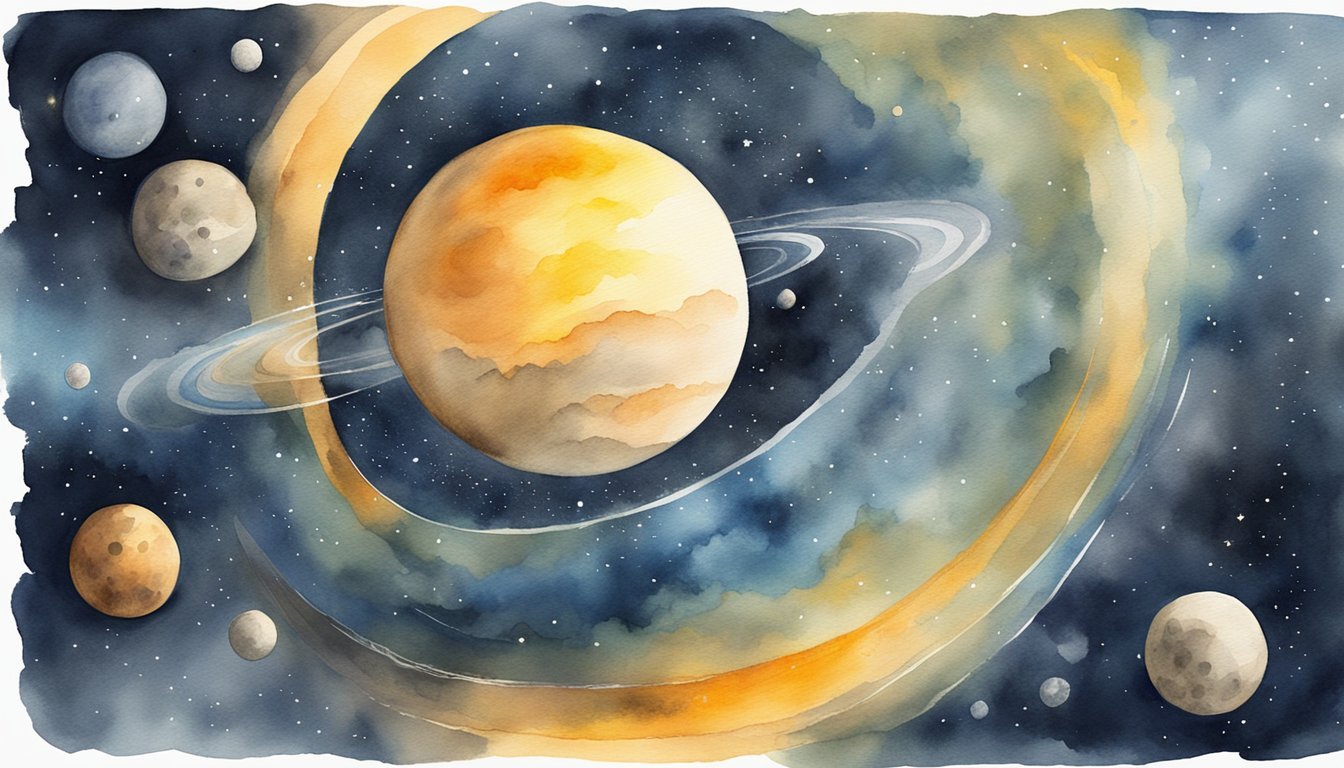Asteroid Basics
Asteroids are like the leftover building materials from the construction of the solar system. Imagine space rocks that never quite made it to planet status milling around the solar system’s construction site—the main asteroid belt. These cosmic bits, mostly found between Mars and Jupiter, range in size from pebbles to dwarf planets like Ceres.
What are Asteroids Made Of?
Asteroids come in various compositions, but most are a combination of rocks, dust, and metals such as iron and nickel. Some, like Vesta, have a more metallic makeup because they were once molten, causing heavier elements to sink to the center and lighter material to form a rocky crust.
Size Matters
When it comes to asteroids, size can be deceiving. They can vary from small rocks to objects that are hundreds of kilometers in diameter. The asteroid belt itself contains millions of these objects, with Ceres reigning as the largest at about 940 kilometers across. However, don’t let the name “belt” fool you—asteroids within it are spaced so far apart that collisions are rare.
Formation Frenzy
Asteroids are considered the remnants from the early solar system that formed about 4.6 billion years ago. They’re what’s left after the planets took their share of the cosmic materials. During the solar system’s infancy, gravity pulled swirling gas and dust in to become the sun, while smaller clumps came together to form the planets. The pieces that didn’t graduate to planet class are what we know as asteroids.
Remembering our solar system’s humble beginnings is literally a matter of looking to the rocky inhabitants of the asteroid belt. They’re the small but mighty keystones in the arch of our cosmic history.
Orbital Characteristics and Impact Risks

When asteroids dance through space, their orbits, shaped by the gravitational pull of planets and the Sun, determine their potential to come calling on Earth. It’s this cosmic ballet that keeps astronomers on their toes, calculating if any space rocks pose an impact threat.
Asteroid Orbits
Asteroids, those rocky remnants from the solar system’s early days, follow paths around the Sun, often influenced by the gravitational tugs of planets. Most are content to twist along the asteroid belt, but some, called near-Earth objects (NEOs), stray closer to our planet’s realm. Their orbits can range from circular to highly elliptical paths, some taking simple fractions of a planet’s orbital period to complete their own solar loop.
Potential Hazards
Not all wandering space rocks remain harmless voyeurs of Earth’s beauty. Potentially hazardous asteroids (PHAs) have orbits that cozily approach Earth’s path at less than 7.5 million kilometers away, and are large enough to have significant impact in case of a collision. These objects pose an impact risk, with their potential for Earth encounters monitored through near earth object studies by vigilant astronomers.
Planetary Defense
In response to these celestial challenges, the Planetary Defense Coordination Office serves as humanity’s guardian against extraterrestrial threats. They not only issue warnings but also collaborate internationally to deflect or disrupt any PHAs on a troubling trajectory. By tracking and updating asteroid orbits, they assess the impact risk and strategize defense options, ensuring Earth continues to evade the cosmic shooting gallery.
What Interesting Asteroid Facts Can Help Understand the Myths Surrounding Mercury’s Moons?
Asteroids offer fascinating insights into the formation of celestial bodies, which can shed light on Mercury’s elusive moons. By studying their compositions, scientists can uncover vital clues that debunk long-held myths. To truly understand these dynamics, it’s essential to explore methods that help us to discover the truth about mercury moons.
Exploration and Observation

The quest to understand the cosmos has led humans to embark on extraordinary ventures to asteroids, those ancient space rubble remnants orbiting our Sun. These minor planets tell the history and evolution of our solar system.
Asteroid Missions
NASA runs numerous programs, whose aim includes dispatching spacecraft to closely encounter these enigmatic minor planets. A notable mission highlighted the capabilities of OSIRIS-REx, which journeyed to the near-Earth asteroid (101955) Bennu. OSIRIS-REx’s primary goal, aside from making observations, was to collect a sample from Bennu’s surface and return it to Earth—a groundbreaking success for NASA that adds to our understanding of the solar system’s evolution.
Other missions, like DART, short for Double Asteroid Redirection Test, exhibit an engineering marvel to potentially protect Earth from hazardous asteroids by altering their course.
Monitoring and Tracking
Efforts to monitor and track asteroids involve a network of ground and space-based telescopes and radar systems. The Center for Near-Earth Object Studies (CNEOS), managed by NASA’s Jet Propulsion Laboratory, uses powerful radar observations to determine the precise distance, size, shape, rotation, and other properties of NEOs, or near-Earth objects.
Astronomers from around the globe contribute to tracking these space rocks through the Minor Planet Center, which catalogs and monitors objects in our solar system, ensuring the shared effort in learning more about our cosmic neighborhood. Through surveys like the Pan-STARRS, astronomers can identify comets and asteroids during their close approach to Earth and measure their reflective properties, often distinguishing between S-type asteroids composed of silicate rocks and those with surfaces rich in clay.

